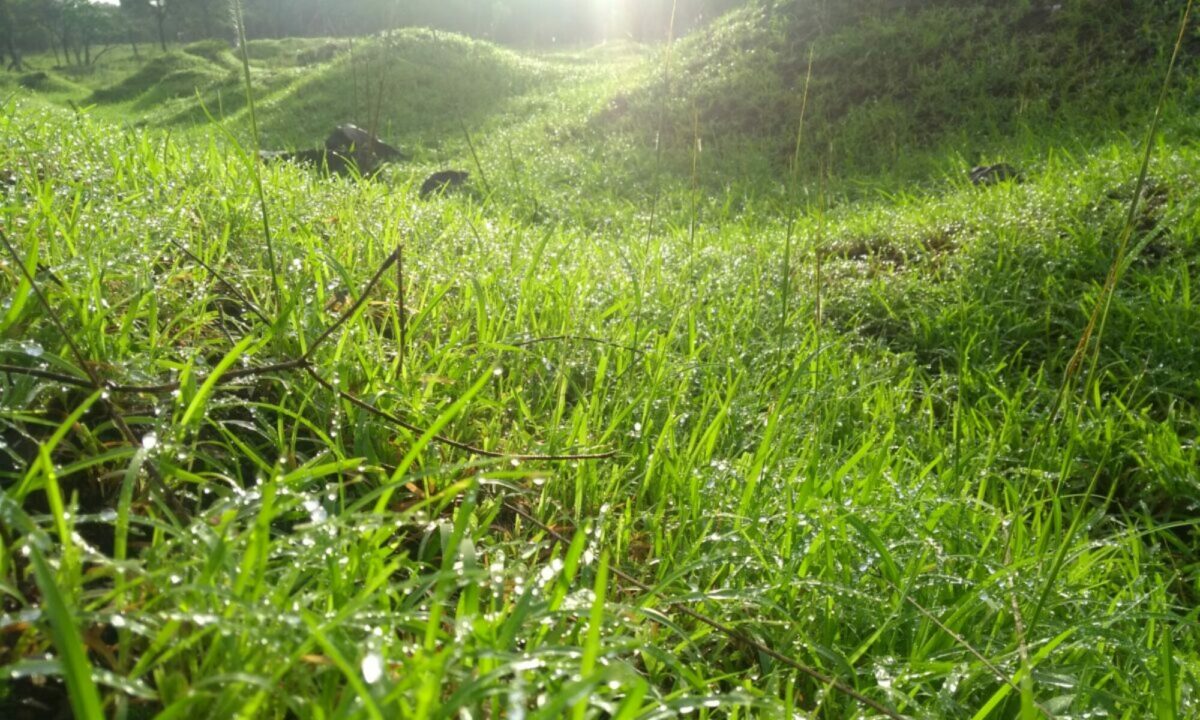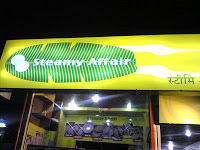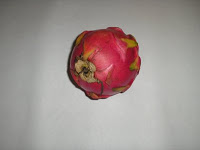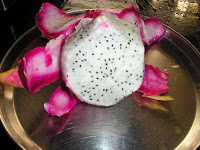Have successfully tried some variations to stuffing for Karanjee (also called Gujiya). For those keen for a different take on traditional recipes, consider this…
Instead of the usual stuffing of fresh grated coconut cooked with khoya and sugar, cook fresh grated coconut with milk and very little sugar. Cool and add gulkand. Mix well and proceed with rest of the recipe as usual.
Another variation is to stuff with Doodhi halwa (bottle gourd) or Gajar halwa. Ofcourse this means some additional effort but the final product is yummy! Use ready made doodhi halwa to save time.
Rainbow coloured Karanjee. For this: divide the dough into as many balls as the colours you want and colour each ball. Roll out each one separately. Then layer the coloured ‘rotis’ one over the other with a coat of cornflour mixed with ghee in between. Tightly roll the final stack and cut into rings. Roll out each ring and stuff and fry as usual. Work on the kitchen platform or a table top when rolling for best results.
Nobody said this was a simple process… But karanjees with colour streaked covering are great to showoff your cooking skills.
Bake instead of fry your karanjee. Set your oven to 200deg C and bake till golden. (you may need to tweak the temperature depending on your oven performance)
Found this link to Baked Anjir karanjees. Click here for the full recipe.
Keep an eye on the calories else you will pay the price for the next couple of months at least…
Wish you all a Happy, Safe and Healthy Divali.



